Bone Grafting for Dental Implants Inadequate bone in the jaw?
If you’ve had multiple missing teeth for some time and are considering dental implants, you might have been told that to make the treatment a success you’re going to need a bone graft.
As your local London implant experts, we’ve treated hundreds of implant cases and performed countless second opinions where we’ve discovered that bone grafts might not be necessary.
But until we take an in-depth examination of your jawbone and oral condition as well as hearing your concerns and goals, we will be unable to show you exactly what is possible with implant dentistry.
Book a consultation today to find out. Call 0208 819 1548.
Get in touch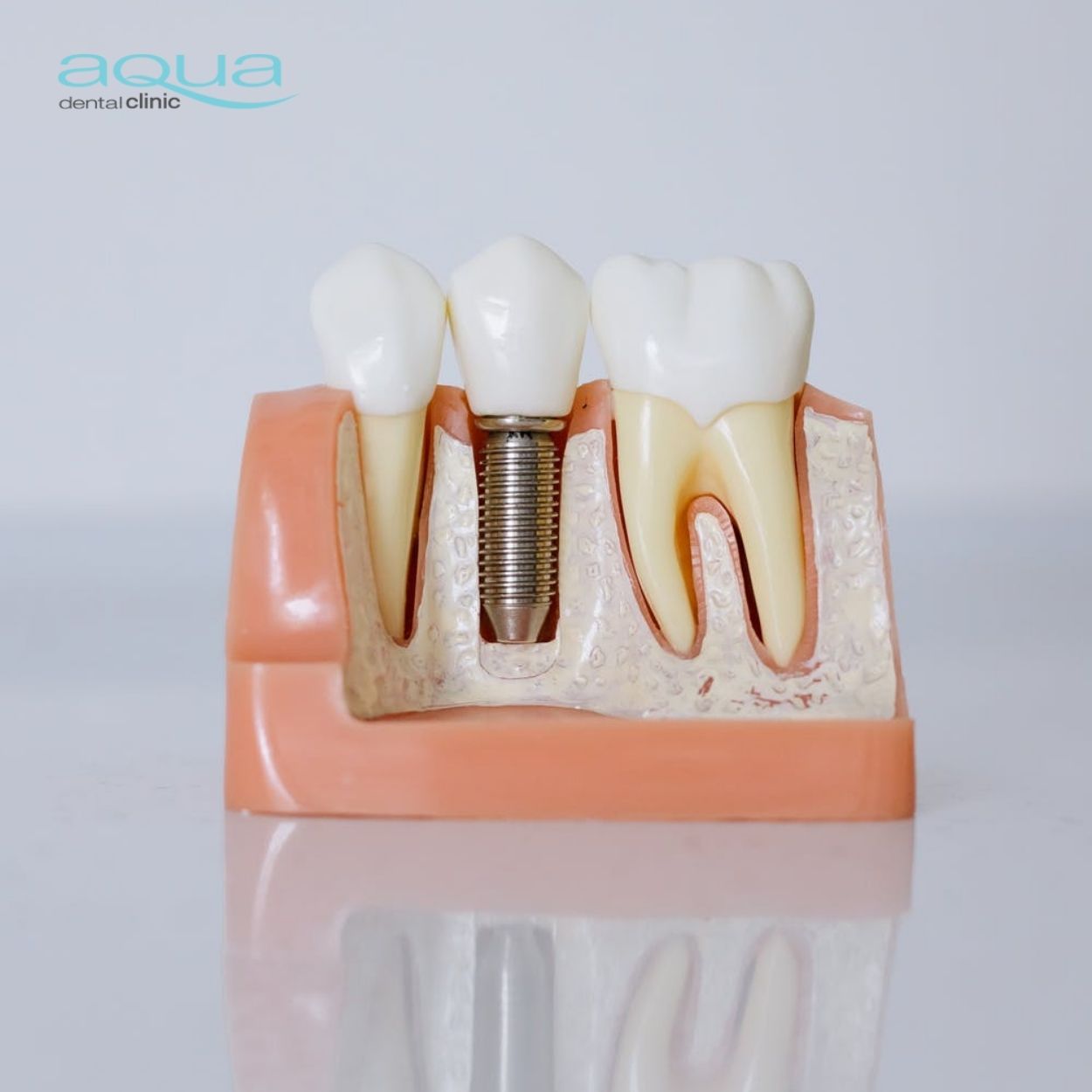
If you’ve had multiple missing teeth for some time and are considering dental implants, you might have been told that to make the treatment a success you’re going to need a bone graft.
As your local London implant experts, we’ve treated hundreds of implant cases and performed countless second opinions where we’ve discovered that bone grafts might not be necessary.
But until we take an in-depth examination of your jawbone and oral condition as well as hearing your concerns and goals, we will be unable to show you exactly what is possible with implant dentistry.
Book a consultation today to find out. Call 0208 819 1548.
Our dentists after a consultation using a CBTC scan will advise you on whether you need a bone graft, or if there are alternative avenues, we can take to restore your smile.
How to know if you need a bone graft
There are various reasons why you might not have enough bone to hold an implant securely, and you might be advised that you need one if:
- Your teeth are loose, wobbly, or unstable
- If you suffer from gum disease it can break down bone tissue
- You have had a tooth extraction some time ago, which has affected the teeth on either side leading to bone deterioration
- You experience lots of infections in your mouth which can cause bone loss
- You have had an injury to your mouth, or an impact has led to bone loss

Don’t fear bone grafts
Bone grafts are often required for patients with severe tooth loss because they may have an inadequate amount of bone available to support an implant.
We understand that bone grafts might sound daunting, but they are a standard procedure that is carried out reasonably quickly.
Implants require enough bone to hold it securely in place to be successful; when there isn’t enough bone available, a bone graft ensures a solid base for the implant.

Bone grafts in detail
Bone grafting is a surgical procedure that is used to replace the bone that surrounds the root of a tooth, making it possible for patients who do not have enough natural bone in the jaw to have an implant.
The material for the bone can be taken from another part of your jaw, or from elsewhere in your body. Synthetic materials are also available.
Whilst bone does not grow back on its own, it can regenerate under the right conditions – and a graft makes this possible, whilst helping to keep your implant and existing teeth in place.
Over time, patients can expect their own bone to grow and naturally replace the graft material.
After a period of healing, where the site around the graft can heal safely, you’ll be ready to have your implant placed.

What is a bone graft procedure like?
Bone grafts are often carried out in our London local practice under local anaesthetic.
For those who experience dental anxiety, we can provide sedation and dental relaxing techniques.
The procedure itself will see the dental surgeon lifting the gum tissue from the area, placing the graft and securing it.
Your gum will be stitched back over the graft, taking no more than an hour and a half to complete.
The surgery may not sound particularly pleasant, but it is a straightforward common procedure that often goes together with other implant treatments.
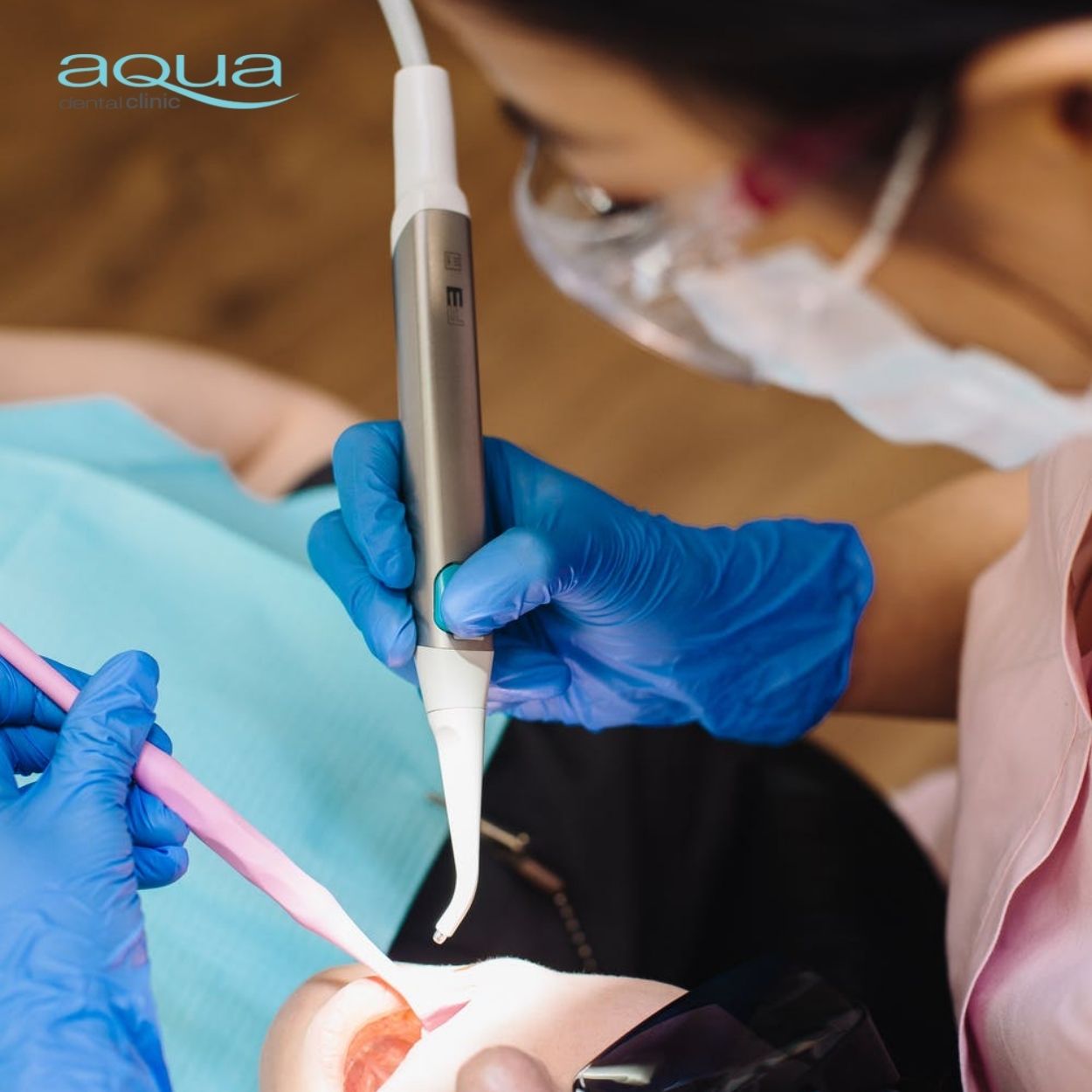
Bone graft approaches
Bone graft methods
- Onlay bone graft: For teeth that have been missing for some time. The graft is applied on top of the existing bone. The patient then is given time to heal, allowing the bone to grow into the graft before implant placement.
- Block bone graft: Small blocks of bone are positioned into an area that needs to be strengthened and secured with bone screws. Once healed, the screws are removed, and implants are ready to be implanted.
- Particulate bone graft: The technique uses tiny spongy particles and compact bone matter that swiftly integrates with existing bone – this is much faster than other bone grafting methods.
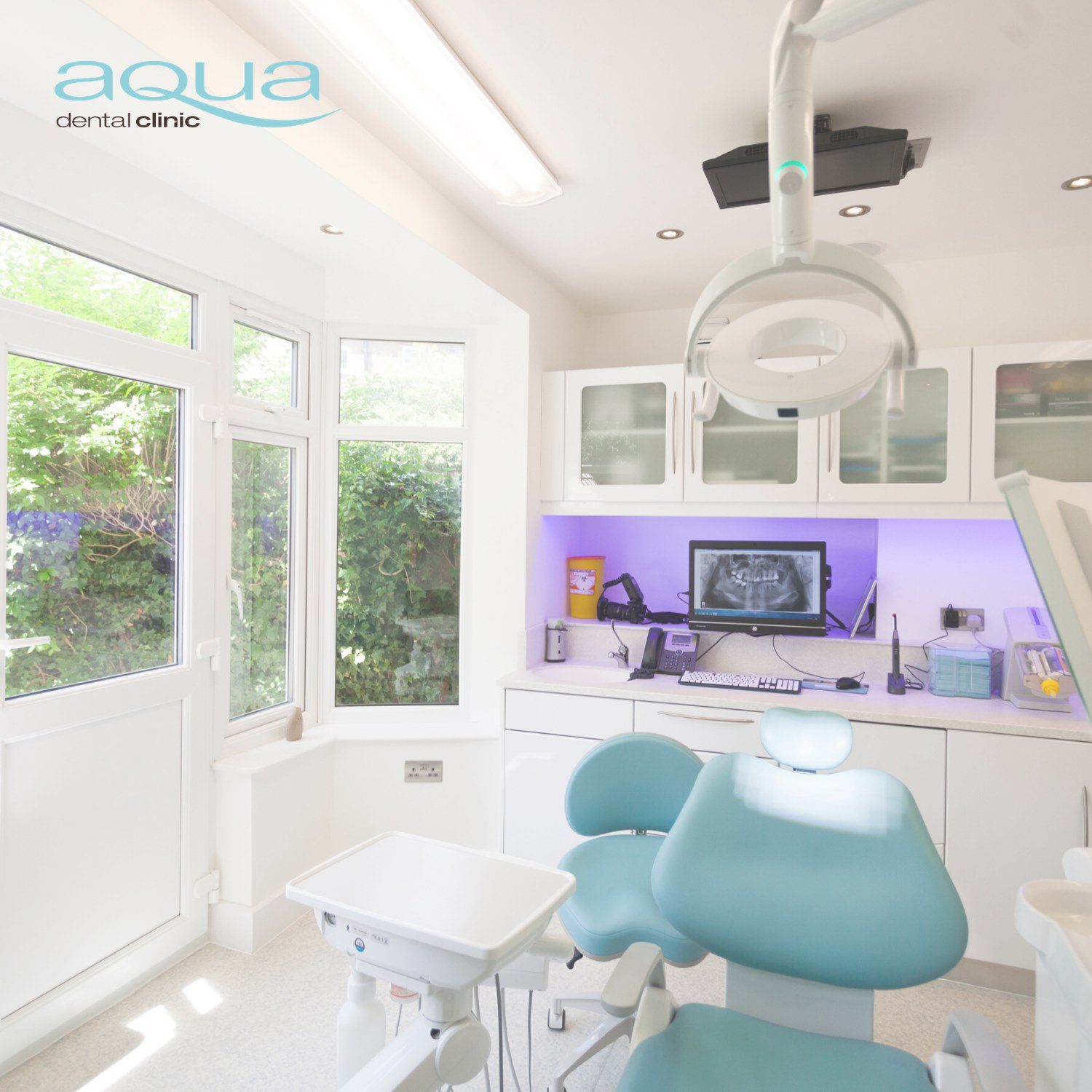
Bone graft aftercare
How to care for a bone graft
Following surgery, we will give you clear guidance on what you will need to do to take care of your bone graft and allow it to heal safely.
The success rates for bone grafts are considerably high, with these procedures only being carried out by highly trained and experienced implant dentists and surgeons.
As with any surgical procedure, you can expect some slight discomfort following the bone graft surgery, but patients should expect similar pain levels to a tooth extraction, which can be easily managed with over-the-counter painkillers.

How much is a dental bone graft?
The price of bone graft will depend on the type, method, and size as well as your individual needs.
Before progressing with implant treatment, one of our dentists will do a thorough clinical assessment to determine the specific treatments required and the type of bone graft.
From here, they will walk you through the exact costs and answer any questions you might have.
All of our implant dentists have undergone further postgraduate training, have a wealth of experience and are fully qualified to offer various kinds of implant treatments.
If you are interested in implants and would like to know more, or speak to our London practice about bone grafts, call our Pinner implant practice on 0208 819 1548 – we’re here to help.

Types of Bone Grafts
There are various types of bone grafts which include:
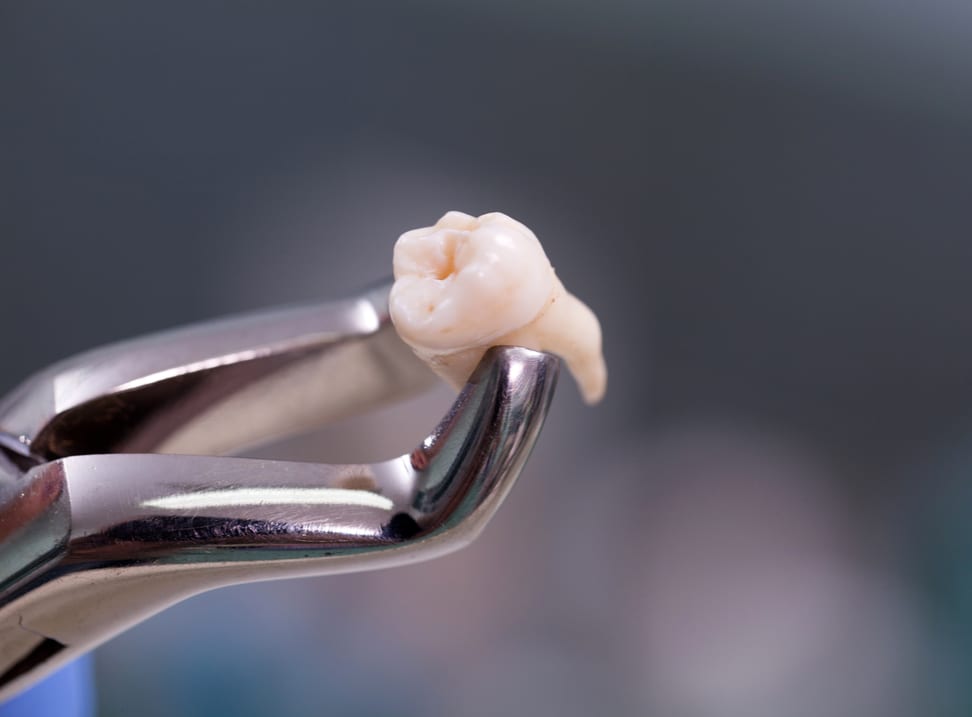
Socket preservation
Sometimes patients may require a tooth to be extracted before having an implant placed. In this case, an implant dentist or surgeon will fill the empty socket with grafting material to prevent the jawbone within that area from losing any of its thickness.
Typically, what happens when socket preservation isn’t performed, is the bone degenerates within weeks of the extraction, which affects a patient’s appearance and hurts their chances of later procedures down the line.
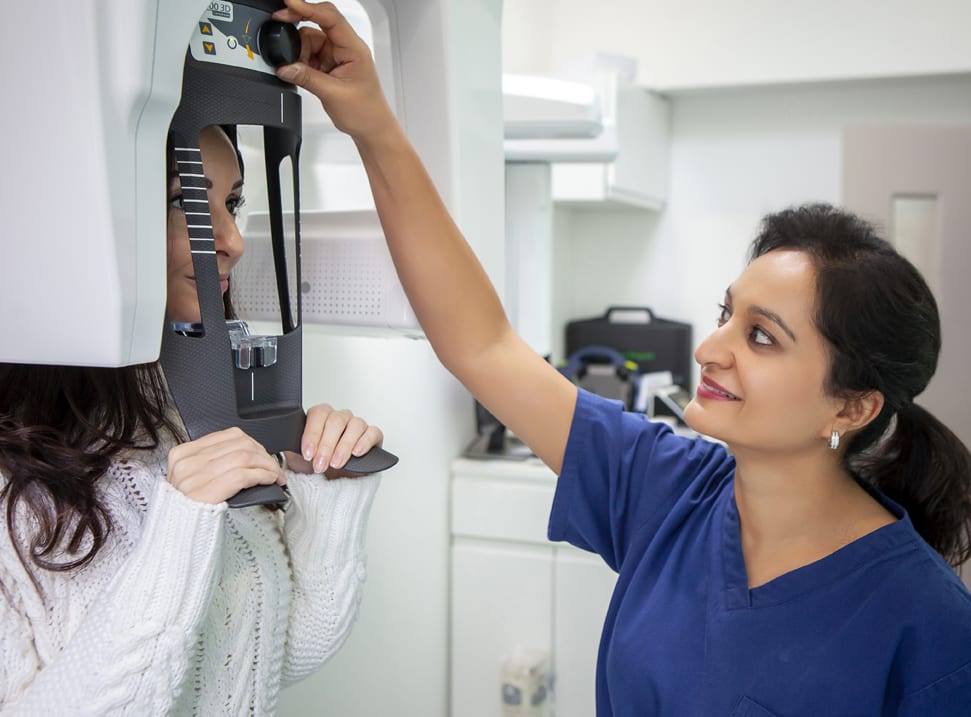
Guided bone regeneration
Guided bone regeneration is a technique used to encourage new bone growth. A space is made between the gum and the jawbone, and the collagen membrane is moved along the gum to guarantee that tissue does not regrow in the space.
Tiny particulars of bone-grafting materials are placed within this space to encourage the formation of new bone – the collagen and membranes, which are natural materials will disappear after three months as the body absorbs them.

Block bone graft
Severe bone loss can affect your face shape and the natural shape of the jaw. Therefore, this procedure is used to rectify this issue by using bone from another part of your own jaw to fill the space.
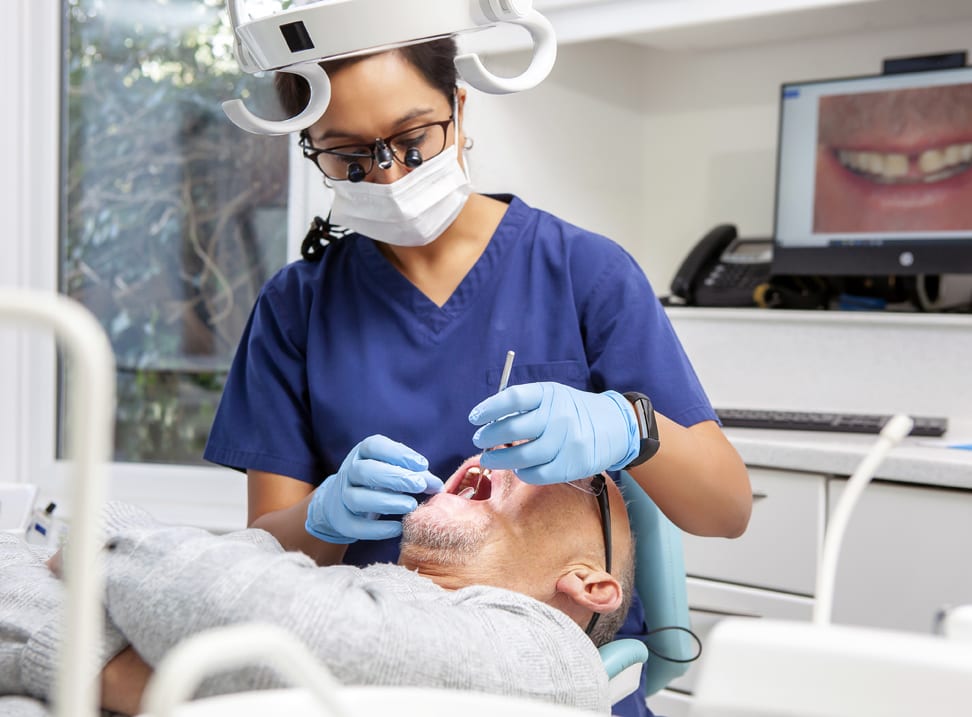
Ridge preservation
Your alveolar ridge is the section of the jaw that contains sockets for the roots of your teeth – when this ridge is too narrow, it often splits, and grafts are placed to widen the gap. The implant can be inserted immediately into the new ridge area.
